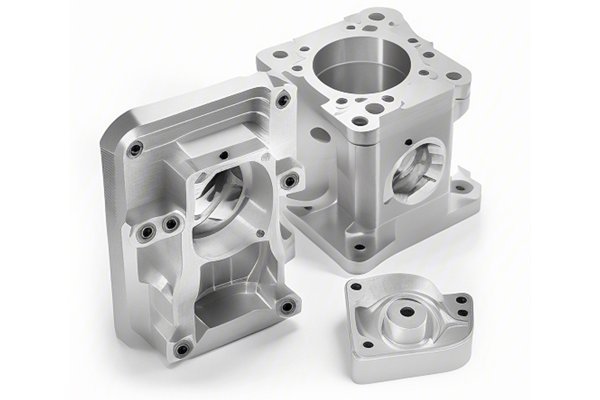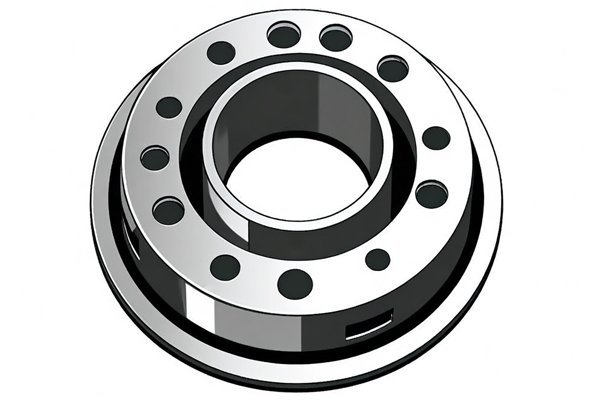CNC machining has revolutionized the manufacturing landscape, paving the way for enhanced precision and efficiency. For manufacturers looking to produce lightweight yet strong components, aluminum alloys emerge as a superior choice. This article unravels how the strength and rigidity of aluminum alloy shells meet the stringent requirements of CNC machining. By the end of this read, you’ll gain an in-depth understanding of aluminum alloys’ properties, their suitability for CNC machining, and the wide-ranging implications for various industries.
Overview
This article will cover several key aspects, including:
Body
Understanding Aluminum Alloys and Their Properties
Aluminum alloys are classified into two main categories: wrought and cast alloys. Wrought aluminum alloys, produced through deformation processes, exhibit exceptional strength and resistance to fatigue, making them ideal for machined parts. Cast alloys can be molded into complex shapes and also possess favorable properties but may not reach the same strength level as wrought types.
The principal advantage of aluminum alloys lies in their remarkable strength-to-weight ratio. For instance, certain aluminum alloys can achieve tensile strengths upwards of 700 MPa while remaining lightweight. This feature is crucial in sectors such as aerospace and automotive, where weight reduction is essential for enhancing performance and reducing fuel consumption.
The Advantages of Aluminum Alloy Shells in CNC Machining
Aluminum alloy shells have unique benefits that make them highly compatible with CNC machining. Some of these advantages include:
Aluminum alloys are lighter than traditional materials like steel, making them easier to handle during machining processes. This lighter weight also leads to reduced load on machining equipment, enhancing the machine’s lifespan.
The strength characteristics of aluminum alloys provide durability and resilience in demanding applications. This is particularly valuable in industries where part failure can lead to significant safety hazards or financial losses.

Many aluminum alloys exhibit exceptional resistance to corrosion, ensuring longevity in various environments. This resistance minimizes the need for additional surface treatments, further simplifying the machining process.
Aluminum alloys can be effectively machined using various techniques, including milling, turning, and drilling. Their machinability makes them an excellent choice for creating complex components with high precision.
Meeting CNC Machining Requirements
CNC machining requires materials that can withstand the rigors of precise operations. The rigidity of aluminum alloy shells plays a crucial role here. Rigid materials maintain their shape and stability during machining, preventing deformation and ensuring dimensional accuracy.
In addition, aluminum alloys can be engineered to meet specific application requirements. For example, different alloying elements can be introduced to enhance certain mechanical properties such as yield strength and fatigue resistance.
Rebuttal
It’s important to consider objections regarding the use of aluminum alloys in CNC machining. Some critics argue that aluminum alloys may not offer the same strength as steel, making them unsuitable for high-stress applications. However, while it is true that steel has superior tensile strength, the strength-to-weight ratio of aluminum alloys can’t be overlooked.
Additionally, advancements in aluminum alloy technology have led to the development of high-strength alloys that can perform remarkably well in demanding environments. As a result, many industries are now adopting aluminum alloys to improve efficiency and reduce weight without compromising performance.
Case Study: Aerospace Industry Application
The aerospace industry is a leading adopter of aluminum alloy shells, leveraging their strengths for critical components. Take, for instance, Boeing’s use of aluminum alloy in manufacturing the wings of its aircraft. The company’s engineers selected aluminum alloys due to their lightweight properties, which contributed to significant fuel savings while providing the necessary strength and rigidity for safe flight.
This successful implementation showcases how aluminum alloys can meet stringent requirements while also enhancing efficiency and sustainability in manufacturing.
Data and Statistics
According to a report by the Aluminum Association, nearly 90% of aluminum produced today comes from recycled sources, highlighting the material’s sustainability appeal. Additionally, research shows that using aluminum in the automotive industry can lead to weight savings of up to 50% compared to steel components, significantly improving fuel economy.
Furthermore, studies indicate that the demand for aluminum in the aerospace sector is expected to grow by approximately 4.5% annually, reflecting the growing recognition of its beneficial properties in high-performance applications.
In conclusion, aluminum alloy shells provide an excellent combination of strength, rigidity, and lightweight characteristics that align perfectly with the requirements of CNC machining. They address the industry’s need for materials that can sustain precise operations while contributing to efficiency and sustainability goals.
Ending
This article sheds light on the numerous advantages of employing aluminum alloys in CNC machining, particularly in industries demanding high-quality components. As technology continues to advance, the versatility and performance of aluminum alloy shells will undoubtedly play a vital role in shaping the future of manufacturing. This conversation about materials and their applications is crucial for professionals aiming to optimize their operations and achieve greater success in their respective fields.






